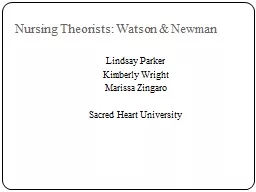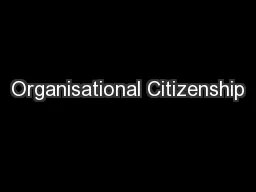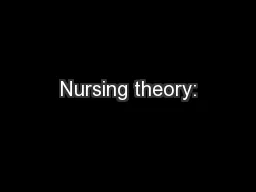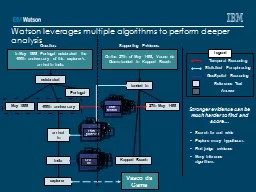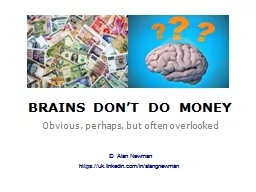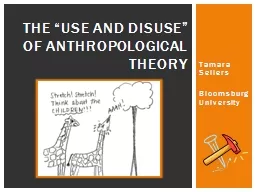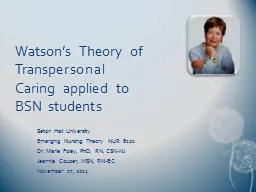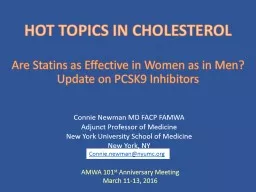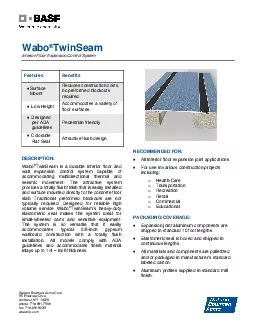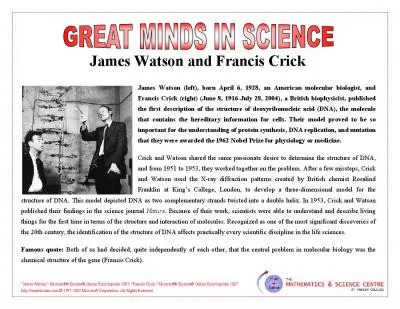PPT-Nursing Theorists: Watson & Newman
Author : tawny-fly | Published Date : 2019-12-24
Nursing Theorists Watson amp Newman Lindsay Parker Kimberly Wright Marissa Zingaro Sacred Heart University Abstract Looking at two well known nursing theorists Jean
Presentation Embed Code
Download Presentation
Download Presentation The PPT/PDF document "Nursing Theorists: Watson & Newman" is the property of its rightful owner. Permission is granted to download and print the materials on this website for personal, non-commercial use only, and to display it on your personal computer provided you do not modify the materials and that you retain all copyright notices contained in the materials. By downloading content from our website, you accept the terms of this agreement.
Nursing Theorists: Watson & Newman: Transcript
Download Rules Of Document
"Nursing Theorists: Watson & Newman"The content belongs to its owner. You may download and print it for personal use, without modification, and keep all copyright notices. By downloading, you agree to these terms.
Related Documents

